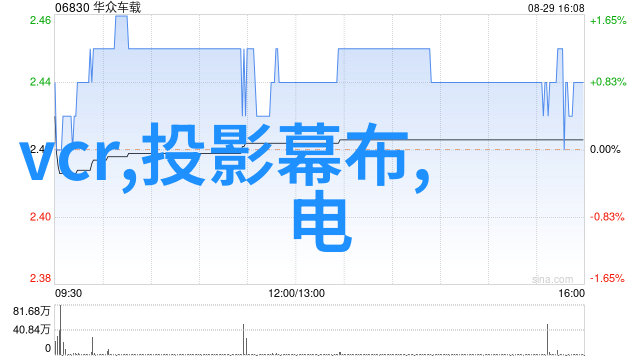钢结构施工高层建筑钢架搭建技术
什么是钢结构施工?

钢结构施工是现代建筑工程中不可或缺的一部分,它以钢材为主要材料,通过精确计算和严格控制的工艺手段,构建出强度高、重量轻、美观大方的建筑框架。这种施工方式不仅能够满足现代建筑对空间利用率和安全性的极高要求,还能实现多种功能和设计需求。
为什么需要进行钢结构施工?

在传统的砖木结构中,由于重力作用下可能会导致墙体变形甚至倒塌,而steel structure(钢结构)则因为其刚性好,抗弯性能优异,可以承受更大的荷载压力。因此,在高层建筑、高起点桥梁以及其他需要承受巨大水平或垂直力的场合,steel construction(钢构工程)成为了首选。此外,steel frame building(钢桁架楼房)的维护成本较低,因为它可以很容易地替换损坏的部件。
如何进行Steel Frame Construction?

Steel frame construction process involves several key steps. First, the design phase requires careful planning and calculation to ensure that the steel structure can support the weight of the building and any additional loads it may encounter. This includes factors such as wind resistance, seismic activity, and even snow load in colder climates.
Once the design is complete, fabrication of steel members begins. These are typically done off-site in a factory where they can be precision-cut and assembled into larger components called "modules." These modules are then transported to the construction site for assembly into the final steel structure.

Assembly on site is typically done using specialized cranes or other heavy equipment to lift and place each module into its correct position. Connections between members are made using high-strength bolts or welds, ensuring a strong bond between them.
Finally, after all structural elements have been placed and secured together, finishing work begins. This includes installing walls, floors, windows, doors – essentially everything needed to turn a steel skeleton into a fully functional building.

Steel Structure Advantages
The advantages of steel structures over traditional ones lie in their strength-to-weight ratio: they offer greater strength per unit of weight than most other materials used in buildings. Additionally due to its non-combustible properties fire risk is significantly reduced compared with wood framed buildings which can spread fires quickly through wooden beams if not properly protected by fire-resistant materials.
Moreover because structural elements can be easily designed with built-in ductwork for heating ventilation air conditioning systems (HVAC) without obstructing interior space this makes it an efficient choice for commercial spaces requiring open floor plans while still maintaining optimal indoor climate control.
Lastly thanks to advances in manufacturing technology production time has decreased dramatically reducing overall project duration thereby lowering costs associated with labor resources rental equipment etcetera
Challenges Faced During Steel Frame Construction
While numerous benefits come with constructing buildings out of metal there exist challenges too particularly during installation stages like assembling large modules on-site which require precise maneuvering crane operation expertise handling complex logistics managing tight timelines balancing quality safety standards against cost efficiency constraints often encountered during projects involving budget-sensitive clients who want value without compromising performance
Furthermore environmental concerns regarding waste disposal recycling raw material sourcing transportation impact should also be considered when choosing whether or not use this method especially given ever-growing demands from green architecture movement advocating sustainable practices across industries worldwide
In conclusion though these obstacles pose significant hurdles toward successful execution implementation strategies & cutting-edge technologies continue improving methods allowing engineers architects developers contractors overcome these barriers deliver top-quality finished products efficiently effectively integrating both aesthetics functionality within modern architectural landscape



